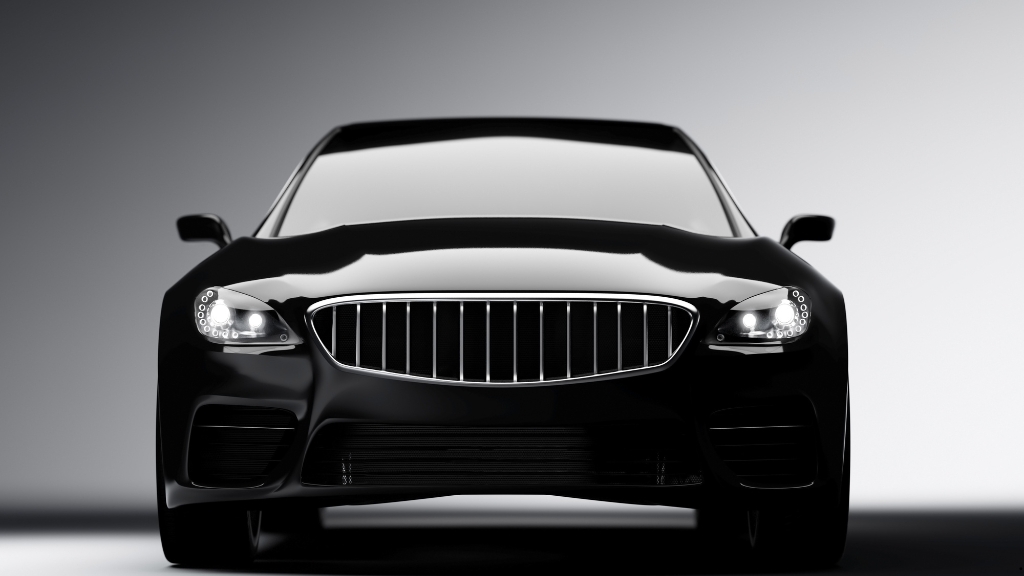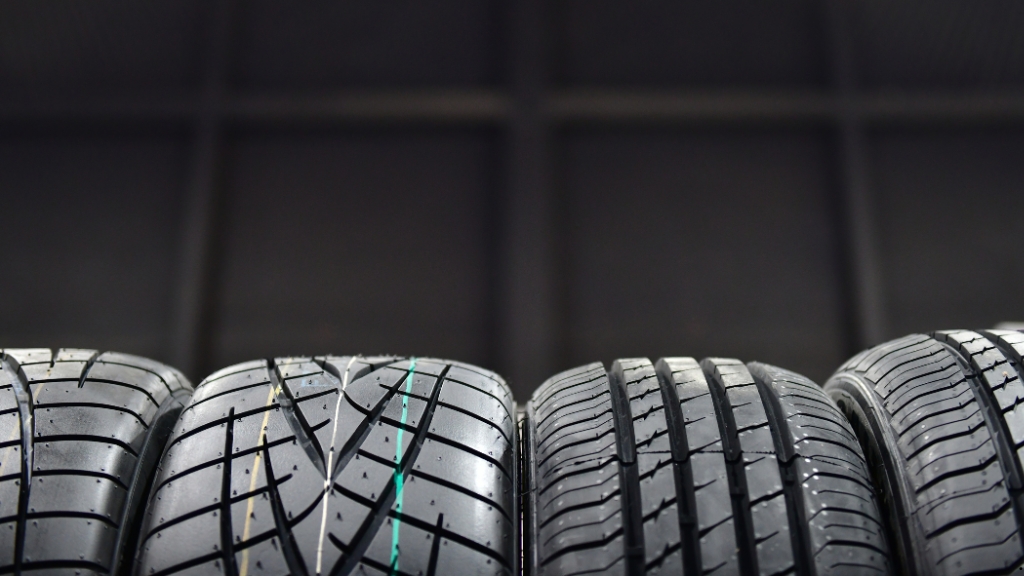Have you ever looked at a car and felt an instant connection, as if it was designed just for you? It’s fascinating how certain models capture our emotions, making us fall in love at first sight. From sleek curves to bold grilles, car designs have a unique way of sparking something deep within us. But what’s really going on in our minds when we’re drawn to a specific vehicle?
Car design isn’t just about aesthetics—it’s a carefully crafted balance of psychology, engineering, and art. Designers know how to tap into our desires, evoking feelings of power, sophistication, or nostalgia. Whether it’s the comforting familiarity of a family sedan or the adrenaline rush of a sports car, every curve and detail is intentional. Understanding why we’re pulled toward certain models reveals not only the brilliance of design but also the emotions that drive our choices.
The Role of Psychology in Car Design
Psychology plays a critical role in shaping car designs, aligning visual elements with human emotions and preferences. Designers combine aesthetics and functionality to create vehicles that resonate emotionally with consumers.
How Design Influences Emotions
Car designs influence emotions by leveraging visual cues that align with psychological triggers. Curved lines often evoke feelings of elegance and softness, while sharp angles suggest agility and aggression. For example, luxury cars frequently use rounded grilles and smooth profiles to promote sophistication, whereas sports cars integrate angular headlights and sculpted hoods to create a sense of speed and power.
Color is another key factor. Bright colors like red or yellow often stimulate excitement and energy, making them common in performance models. In contrast, neutral tones like gray or black convey professionalism, aligning with premium or executive vehicles.
The Connection Between Aesthetics and Functionality
Successful car designs blend aesthetics and functionality to meet both psychological and practical needs. Aerodynamic shapes enhance visual appeal while improving efficiency and performance. For instance, a low-slung silhouette on a sports car offers an aggressive stance and reduced air resistance.
Interior layout supports this connection as well. Ergonomic seating and easily accessible controls maximize comfort, matching the vehicle’s intended purpose. In luxury vehicles, leather upholstery and ambient lighting create a relaxing atmosphere, while performance models prioritize compact, driver-focused cockpits for increased control. This balance ensures the design consistently appeals to both the eye and the user’s experience.
Key Elements That Attract Consumers
Car designs captivate buyers by combining appealing shapes, impactful colors, and immersive interiors. Each element aligns with psychological triggers to draw specific emotional responses.
Shape and Proportions
Shapes and proportions define a car’s identity and evoke immediate emotional reactions. Smooth curves signify elegance and sophistication, often attracting buyers of luxury sedans. Aggressive angles and bold edges reinforce performance and agility, appealing to sports car enthusiasts. Proportions like low stances signal stability and speed, while taller silhouettes highlight practicality, favored in SUVs and crossovers.
Colors and Materials
Colors and materials influence how a car is perceived emotionally and visually. Bright colors like red and yellow evoke excitement, frequently seen in performance models. Neutral tones, such as white and black, convey refinement and trust, making them dominant in premium and business-oriented vehicles. Materials also contribute to appeal, with glossy finishes radiating modernity and matte surfaces suggesting exclusivity.
Interior Experience and Comfort
Interior design focuses on creating an engaging and comfortable user experience. Premium textures, like soft-touch fabrics and leather, invoke luxury and warmth. Ergonomically designed layouts improve usability, with touchscreens and controls placed intuitively for convenience. Spacious seating areas and ambient lighting enhance relaxation, making long journeys enjoyable.
Cultural and Social Influences on Car Preferences
Cultural norms and societal values heavily influence what consumers find appealing in car design. Regional trends and individual identities shape how we perceive and connect with specific models.
Regional Differences in Car Design Appeal
Consumer preferences vary significantly across regions due to cultural tastes and environmental factors. In Europe, compact designs dominate because of narrow streets and high fuel prices. For example, hatchbacks and sedans with efficient engines are more popular. In contrast, in the US, larger vehicles like SUVs and pickup trucks thrive, reflecting a preference for space and versatility.
Environmental priorities also impact design appeal. Scandinavian countries favor electric vehicles with minimalist designs due to sustainability values. Meanwhile, in Japan, kei cars—small, boxy vehicles—align with the need for urban practicality in densely populated areas. These preferences underline how geography and culture affect what’s deemed desirable.
The Impact of Status and Identity
Car ownership often reflects personal status and identity, influencing design preferences across demographics. Luxury brands like Mercedes-Benz or BMW incorporate sleek lines and high-end materials to signify prestige. Drivers associate these design elements with success and sophistication, impacting purchasing decisions.
Identity also plays a role in model preferences. Younger consumers often select bold color palettes and sporty aesthetics, as seen in brands like Tesla or Subaru. Conversely, older generations lean toward conservative designs with muted tones, prioritizing reliability and comfort. For example, sedans with understated styling appeal to professionals looking for practicality without sacrificing elegance.
The Science Behind Emotional Attachment to Cars
Emotional connections to cars stem from psychological factors that influence how we perceive design and branding. Designers intentionally create models that invoke feelings like nostalgia and excitement, fostering attachment through deliberate cues.
Nostalgia and Its Role in Design
Nostalgia connects past experiences with modern designs, making cars feel personally significant. Retro-inspired elements, such as circular headlights or wood-trimmed interiors, evoke memories of classic eras. For example, the resurgence of the Ford Bronco taps into the sentimentality of adventure and freedom associated with earlier models. Additionally, vintage-inspired color palettes, like muted greens and creams, enhance this connection. By blending modern technology with iconic features, manufacturers appeal to a consumer’s longing for familiarity while offering an updated driving experience.
Psychological Triggers in Advertising
Car advertisements leverage psychological triggers to deepen emotional resonance with models. Ads featuring family-centered narratives create feelings of safety and belonging, linking these attributes to specific products. Performance cars, by comparison, often use high-speed visuals and dynamic soundtracks to stimulate excitement and a sense of empowerment. For example, luxury brands incorporate slow panning shots and soft lighting to evoke prestige and exclusivity. Emotional music cues further enhance this impact, creating memorable connections between the consumer and the vehicle. Through targeted storytelling, brands strengthen the emotional bond that drives purchasing decisions.
Conclusion
Car design is so much more than aesthetics; it’s a powerful blend of psychology, art, and engineering that connects deeply with our emotions and identities. The way a car looks, feels, and even the story it tells can shape how we perceive it and, ultimately, how we feel about ourselves when driving it.
By understanding the psychological triggers behind car design, it’s clear why certain models resonate with us on such a personal level. Whether it’s nostalgia, excitement, or the desire for sophistication, car design continues to be a fascinating reflection of who we are and what we value.



